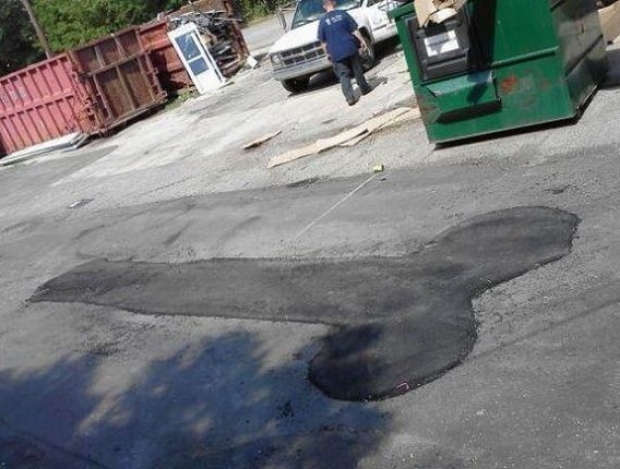A high-current density of 20 milliamps per square centimeter demonstrated the material's promise for use in rapid charge and discharge devices that require high-power density. The Tour lab previously used a derivative of asphalt - specifically, untreated gilsonite, the same type used for the battery - to capture greenhouse gases from natural gas.
According to the journal ACS Nano, which we get for the spot-the-particle competition, the researchers mixed asphalt with conductive graphene nanoribbons and coated the composite with lithium metal through electrochemical deposition. The lab combined the anode with a sulphurised-carbon cathode to make full batteries for testing. The batteries showed a high-power density of 1,322 watts per kilogram and high-energy density of 943 watt-hours per kilogram.
Testing revealed another significant benefit: The carbon mitigated the formation of lithium dendrites. These mossy deposits invade a battery's electrolyte. If they extend far enough, they short-circuit the anode and cathode and can cause the battery to fail, catch fire or explode. But the asphalt-derived carbon prevents any dendrite formation.
Chemist James Tour said that the capacity of these batteries was enormous, but what is equally remarkable is that they can be bought from zero charge to full charge in five minutes, rather than the typical two hours or more needed with other batteries.
"While the capacity between the former and this new battery is similar, approaching the theoretical limit of lithium metal, the new asphalt-derived carbon can take up more lithium metal per unit area, and it is much simpler and cheaper to make. There is no chemical vapor deposition step, no e-beam deposition step and no need to grow nanotubes from graphene, so manufacturing is greatly simplified."




